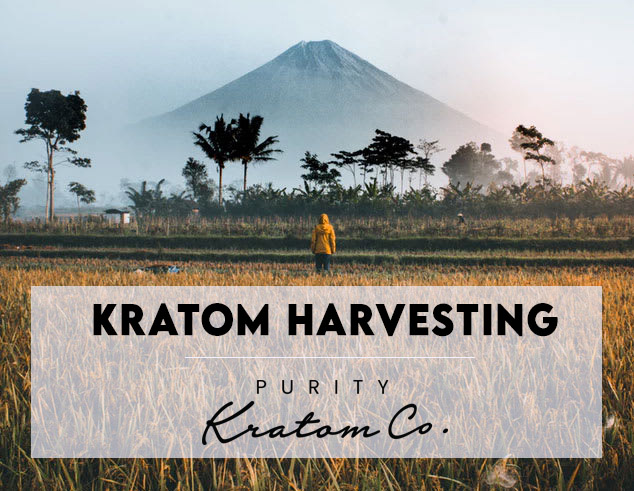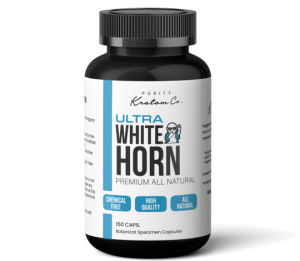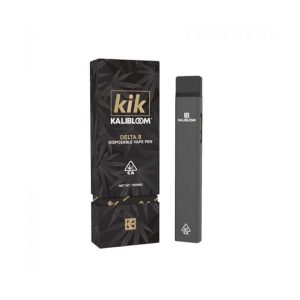
Everything You Need To Know About Kratom Harvesting
Previous post
Is Kratom Considered A Controlled Substance?
You Might Also Like
Next
Prev

The kratom plant is native to Southeast Asia, where the leaves are frequently harvested by workers skilled in kratom tree climbing. Today, it the primary supplier in Indonesia, but the trees grow throughout southern Asia and are now cultivated outside their natural range (including Thailand).

Kratom has been used as medicine for thousands of years by people all over the globe. It was originally developed in Thailand but soon spread to many other countries where it was utilized as an opium substitute and stimulant.
The trees were often planted near homes for this reason, since it helped keep the inhabitants awake and working long hours. Its medicinal use supported a rather large population of tree planters who harvested leaves frequently (up to 5x per day) to supply kratom addicts with their fix. Once the properties were identified, kratom tea and kratom extracts soon became the most common mediums for its consumption.
However, the Kratom trees naturally grow into a perfect harvesting shape: very tall and full of leaves that form large trees that are the best kratom harvesters. It is harvested by hand when its leaf quantity surpasses kratom tree bark quality.
According to ancient tradition, it is only harvested during the few hours immediately after sunrise or before sunset – never during midday.
Kratom tends to be at its highest potency for about two hours each day. As such, the finest kratom powder has been freshly squeezed from kratom tree leaf at this time.
Once it is harvested, kratom leaf selection begins. The kratom tree’s leaves contain a vast array of alkaloids, and different kratom trees have different alkaloid profiles.
As such, the trees are farmed for their specific characteristics – what kratom tree growing conditions have been the best for that kratom plant?
Since its leaf harvesting is done by hand from individual kratom trees, it is important to select only the leaves from the healthiest plants in order to maximize both potency and yield.
The leaf harvest methods vary depending on location and culture. In Thailand, all kratom leaves are harvested rather than going through a process of selection.
Due to modern farming processes in Indonesia where a large kratom plantation is rapidly kratom powder by its leaf harvesting of kratom trees, its leaves are only selected after kratom tree bark has been harvested.
After kratom leaf selection it’s time for kratom preparation. The preparation of kratom is unique to the kratom culture in which kratom trees are grown and harvested.
Some of the most common kratom preparations include Kratom tea, kratom extract, kratom resin, and kratom tincture and kratom capsules.
While some methods may require more advanced preparation than others (such as extracting resinous alkaloids from fresh or dried kratom leaves), any method of preparing its powder can be used to prepare all types of kratom products.
Kratom tea powder from its leaves is the most common kratom preparation. Moreover, the leaves are picked, dried and then crushed into a fine kratom powder that can be added to hot water to prepare kratom tea.
Since boiling the powder will not release all of its alkaloids (due to their different polarity), kratom tea has lower potency than kratom extract resin or other types, but it is still regarded as effective preparation for a red vein into the effects.
The sellers will prepare the Kratom for sale to customers once it processed into a powder. They might put the Kratom in capsules, sell Kratom powder, or sell Kratom harvest, refined powders.
People who are genuinely engaged in Kratom will often test various types and strains to see which they like.
The Kratom will be packed and sealed once it prepares to guarantee its purity and freshness. During this procedure, the sellers must be cautious to avoid contamination and ensure that it is fresh to their consumers.
The FDA doesn’t quite presently require suppliers to satisfy any manufacturing norms or standards, leading to issues. Vendors who don’t keep hold of the Kratom package and sell it may discover that it is tainted, putting customers at risk.
Although, many of the most excellent suppliers have undertaken it to enhance their quality control to guarantee that their customers are getting the best Kratom available.
After that, the farmers have chosen the most excellent time to harvest the leaves, those who are removed out from trees and carefully cleaned to remove any dirt, debris, or potentially hazardous biological chemicals. This cleaning step is crucial since lab testing might be complex; after that, the leaves pulverize.
After all of the leaves had been thoroughly washed, they hung to dry on enormous racks. It may do the grower’s preference with or without sunshine since each creates various alkaloid compositions.
Other curing procedures, such as fermentation, have been used by sure farmers, resulting in different alkaloids content. Indo White Vein, for example, contains much mitragynine but not as much 7-Hydroxymitragynine. These will be the two main chemicals found in Kratom.
The leaves are crushed together into fine powder after they treat according to the grower’s preferences. To process vast amounts of material at once, industrial-sized grinders are employed.
So Kratom should be an all substance, its potency will deteriorate with time. As a result, you should never buy more Kratom than you intend to utilize.
Many of the suppliers will go over and above by providing testing procedures on their goods. It will guarantee that their Kratom is of high quality and strength.
All vendors who wish to be approved mostly by American Kratom Association must submit their goods to lab testing. The AKA has implemented several quality assurance measures.
Consumers, on the other hand, must cooperate with suppliers that do this sort of lab testing. It’s the only way to be sure you’re getting pure Kratom that’s devoid of contaminants.


